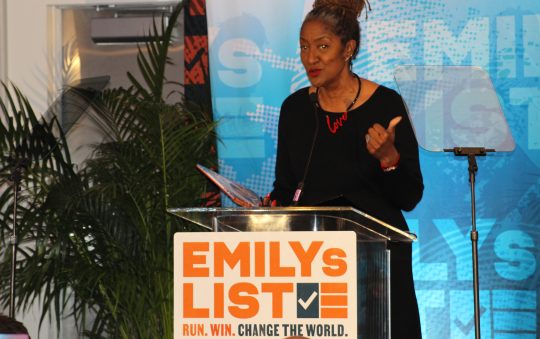
I am honored to have read these informative AfricaNews and BBC News as cited in last week’s column. The UK is sending some of Ghana’s “crown jewels” back home, 150 years after looting them from the court of the Asante king.
Asante Gold: UK to loan back Ghana’s looted ‘crown jewels’ A gold peace pipe is among 32 items returning under long-term loan deals, the BBC can reveal.
The Victoria & Albert Museum (V&A) is lending 17 pieces and 15 are from the British Museum. Ghana’s chief negotiator said he hoped for “a new sense of cultural co-operation” after generations of anger. Some national museums in the UK – including the V&A and the British Museum – are banned by law from permanently giving back contested items in their collections, and loan deals such as this are seen as a way to allow objects to return to their countries of origin. But some countries laying claim to disputed artefacts fear that loans may be used to imply that they accept the UK’s ownership.
Tristram Hunt, director of the V&A, told the BBC that the gold items of court regalia are the equivalent of “our crown jewels.” The items to be loaned, most of which were taken (sacked) during 19th-Century wars between the British and the Asante, include a sword of state and gold badges worn by officials charged with cleansing the soul of the king. Hunt said when museums hold “objects with origins in war and looting in military campaigns, we have a responsibility to the countries of origin to think about how we can share those more fairly today.”
“It doesn’t seem to me that all of our museums will fall down if we build up these kinds of partnerships and exchanges. However, Mr. Hunt insisted the new cultural partnership “is not restitution by the back door” – meaning it is not a way to return permanent ownership back to Ghana. The three-year loan agreements, with an option to extend for a further three years, are not with the Ghanaian government but with Otumfo Osei Tutu II – the current Asante king known as the Asantehene – who attended the coronation of King Charles last year.
The Asantehene still holds an influential ceremonial role, although his kingdom is now part of Ghana’s modern democracy. The items will go on display at the Manhyia Palace Museum in Kumasi, the capital of the Asante region, to celebrate the Asantehene’s silver jubilee. The Asante gold artifacts are the ultimate symbol of the Asante royal government and are believed to be invested with the spirits of former Asante kings.
The Royal Collection also holds objects including another gold trophy head in the form of a mask. This type of item represented defeated enemies; the trophies were attached by a hoop to ceremonial swords in the state regalia.
Will they ever be on show in Ghana in the future? Mr. Agyeman-Duah is taking it one step at a time. But as Britain is increasingly confronting the cultural legacy of its colonial past, these types of agreements may be a diplomatic and practical way to address the past and create better relationships in the future – if both sides can accept the terms.
They have an importance to Ghana comparable to the Benin Bronzes – thousands of sculptures and plaques looted by Britain from the palace of the Kingdom of Benin, in modern-day southern Nigeria. Nigeria has been calling for their return for decades.
Nana Oforiatta Ayim, the special adviser to Ghana’s culture minister, told the BBC: “They’re not just objects, they have spiritual importance as well. They are part of the soul of the nation. It’s pieces of ourselves returning.”
She said the loan was “a good starting point” on the anniversary of the looting and “a sign of some kind of healing and commemoration for the violence that happened.” UK museums hold many more items taken from Ghana, including a gold trophy head that is among the most famous pieces of Asante regalia. The Asante built what was once one of the most powerful and formidable states in west Africa, trading in, among others, gold, textiles and enslaved people. The kingdom was famed for its military might and wealth.
Even now, when the Asantehene shakes hands on official occasions, he can be so weighed down with heavy gold bracelets that he sometimes has an aide whose job is to support his arm. Europeans were attracted to what they later named the Gold Coast by the stories of African wealth and Britain fought repeated battles with the Asante in the 19th Century.
In 1874 after an Asante attack, British troops launched a “punitive expedition,” in the colonial language of the time, ransacking Kumasi and taking many of the palace treasures.. A gold model harp (top left) was given to the British Museum in the early 19th Century. But the gold torc (right) and sword of state were among the looted artifacts.
Thanks for reading! Jeanette Grattan Parker is the founder-superintendent of Today’s Fresh Start Charter School, 4514 Crenshaw Boulevard, L.A. 90043, 323-293-9826, www.todaysfreshstart.org, (Ask Dr. Jeanette TM) “Inquiring Minds Want to Know.” All articles are copyright. All rights reserved © Errors? Or Questions? Please let me know. Join Sundays for music and message at 11:30 a.m. by calling (712) 775-8971, code 266751. References: Africanews.com, Associated Press, Katie Razzall.







